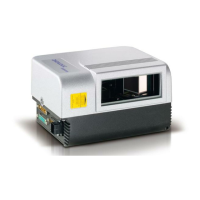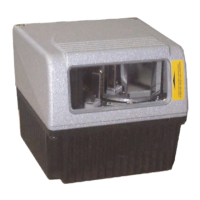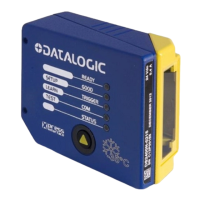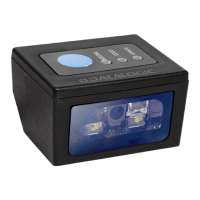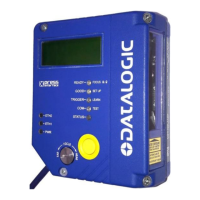Click to activate the code group selection dialog box.
Select the number of groups you wish to use from the Number of Groups drop-
down list. Then select the check box next to the Group/Code you wish to define.
Click Submit to save your text to the origin window text field, or click Cancel to
return to origin window without transferring text.
Groups and their order define the output message format, while each group
identifies an expected code.
When editing the logical combination rule, proceed as follows:
1. Define the Barcode Settings indicating the type of expected code
labels. It is possible to define up to 10 different code types;
2. Define how many code types (groups) are expected by editing the
combination rule through the following logical operators. Each group
may include one or more selected code types.
& = AND operator which separates a group from the previous/following
one;
^ = XOR operator to be used to combine different code labels within the
same group. It allows reading one of the defined code labels.
The maximum number of groups to be defined for each rule string is 15.
If Local No Read Message is selected from the No Read Message drop-down
list, the Group No Read Messages parameter group is displayed requiring the
definition of a Local No Read String for each group.
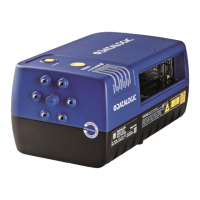
